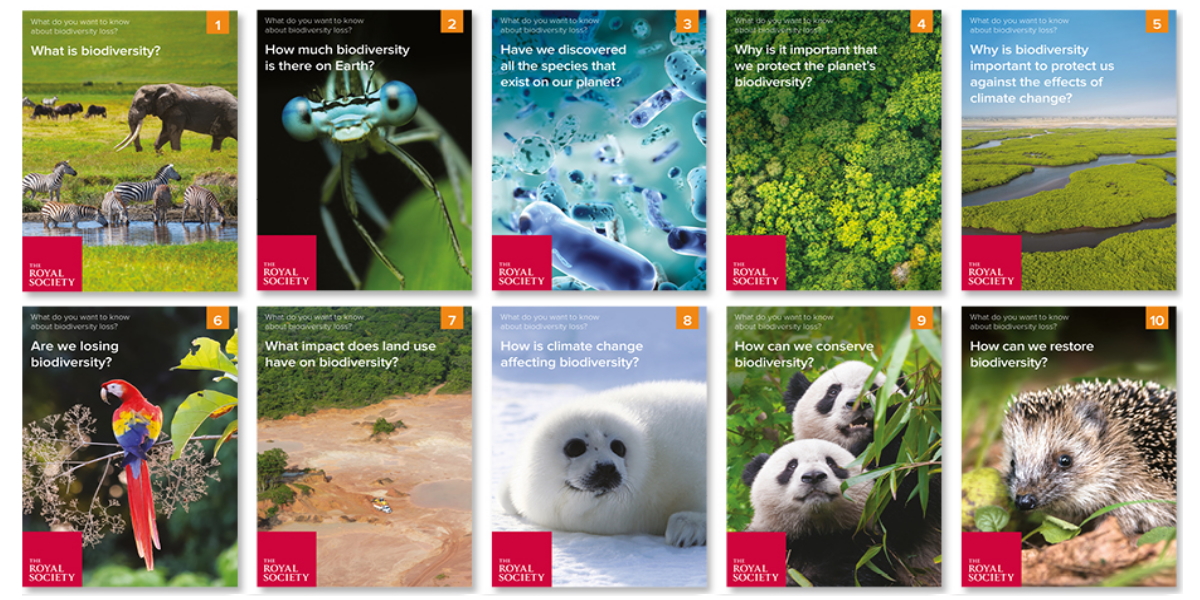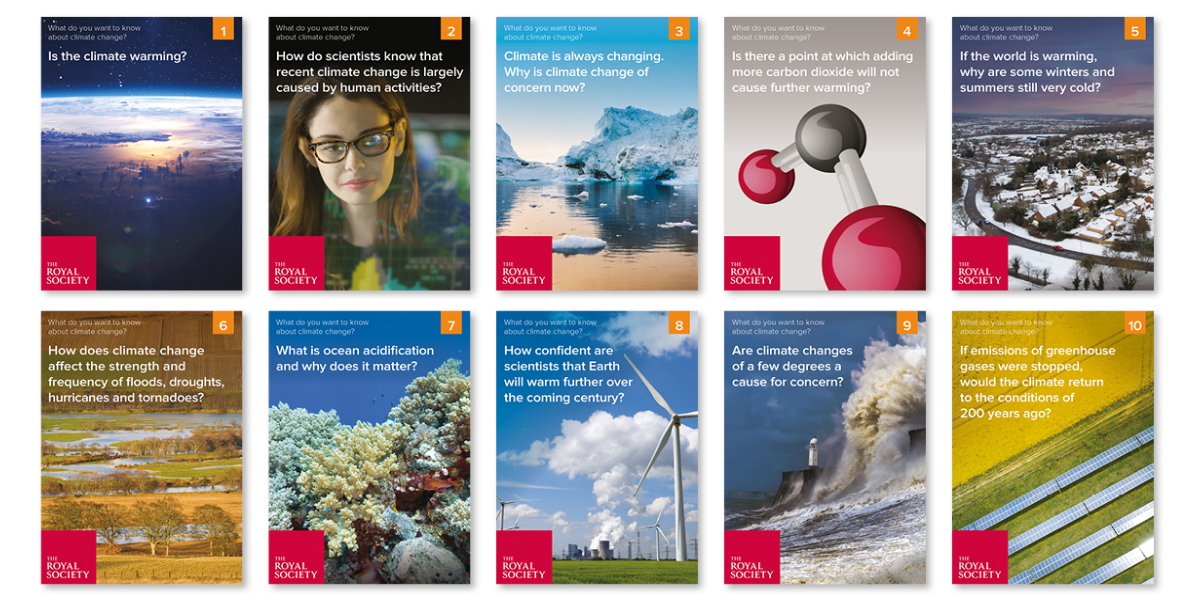Filters
Clear allSubject
- Careers (12) Apply Careers filter
- Climate Change (2) Apply Climate Change filter
- Computing (1) Apply Computing filter
- Cross curricular (9) Apply Cross curricular filter
- Design and technology (5) Apply Design and technology filter
- Engineering (3) Apply Engineering filter
- Food Preparation and Nutrition (2) Apply Food Preparation and Nutrition filter
- Mathematics (10) Apply Mathematics filter
- Psychology (4) Apply Psychology filter
Age range
Type
- Activity sheet (90) Apply Activity sheet filter
- Article (9) Apply Article filter
- Data set (2) Apply Data set filter
- Experiment (7) Apply Experiment filter
- Game (4) Apply Game filter
- Image (6) Apply Image filter
- (-) Remove Information sheet filter Information sheet
- Interactive resource (9) Apply Interactive resource filter
- Poster (4) Apply Poster filter
- Presentation (36) Apply Presentation filter
- Quiz (2) Apply Quiz filter
- Research (2) Apply Research filter
- Teacher guidance (92) Apply Teacher guidance filter
- Textbook (1) Apply Textbook filter
- Video (15) Apply Video filter
- Include Physical Resources (0) Apply Include Physical Resources filter
Showing 179 results
This resource, from the Microbiology Society, gives an overview of the microbes that cause traveller’s diarrhoea (TD), how the infection is transmitted, how it is treated and how it can be prevented. TD is the most common illness that affects international travellers and each year 20–60% of globetrotters, an...
With an increase in tuberculosis (TB) throughout the world during the 21st century, this resource looks at what scientists are doing to combat a disease that many believed was a problem of the past.
The TB fact file describes the disease, its symptoms and incidence and reviews current research into its cause...
This resource produced by ARKive supports the teaching of life-cycles at key stage two. It looks at mammals, amphibians, reptiles and plants and finds similarities between the life cycles of animals and plants within each group, as well as some of the similarities and differences between these groups. There is a...
From The Centre for Industry Education Collaboration (CIEC), this booklet is the forerunner of its Understanding Food Additives web site. The booklet contains information on a range of food additives and extensive suggestions for practical activities to investigate food and food additives.
Food additives...
This Mathematics Matters case study, from the Institute of Mathematics and its Applications, looks at how mathematicians' understanding of knots can help unravel potentially fatal knots in DNA molecules. Understanding how to manipulate tangles of DNA could help us create new treatments for diseases, so...
This resource, aimed at primary level, provides a complete guide to amphibians and reptiles in urban areas, including how to identify them, where to find them and how to create a habitat which encourages them to thrive.
The ID guide includes ideas on where to look to find reptiles and amphibians and tips on...
This topic, from the Association for Science Education (ASE), focuses on nutrition and looks at links between diet and health. Students are able to reflect on the nutritional and social values of different diets and then exchange information about their findings. As they work though the topic the students make a...
From the Science and Technology Facilities Council (STFC), this resource describes the new and exciting subject that brings together many different branches of science. Astrobiology is the study of how life formed and developed on the Earth, the conditions that made this possible and whether these conditions can...

These evidence-based, question and answer style classroom resources can be used to engage students of all ages...

These evidence-based, question and answer style classroom resources can be used to engage students in the climate...
Produced by Understanding Animal Research, this information leaflet looks at how, and why, animals are used in medical research. The information provided by is based on thorough research and understanding of the facts, historical and scientific.
The leaflet is useful as information for teachers and also as...
This pack provides a stimulating way of learning about scientific journal articles and highlights the difference between ‘research’ and ‘review’ papers.
It is suggested that students start by watching a silent video showing an unusual behaviour in capuchin monkeys, ‘anointing’, for which there are various...
Zoos is a PowerPoint template from the Association for Science Education (ASE) for students to produce their own presentation on the habitat, adaptations and feeding relationships of a particular animal.
The activity improves students' ability to select relevant information for a presentation, develops their...
